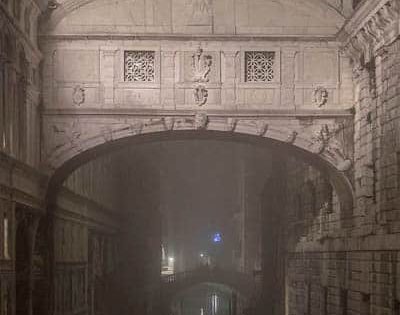Acqua alta, or “high water” is a natural seasonal phenomenal in Venice, Italy during which the high tide partially floods the city. When it happens, the episode of acqua alta is transitory, and after a few hours, the water has withdrawn entirely from where it was not supposed to be. Acqua alta is part of life in Venice, and not a dramatic event like media often like to depict it. The biggest concerns around acqua alta revolve around its future evolution, namely the impact that the rising sea level will have on the intensity and frequency of this phenomenon.
Acqua Alta, one of the most misunderstood aspects of life in Venice
If you looked for information or news about Venice, you might have read about the unfamous “acqua alta”, or “high water”. When the tide rises higher than usual, the city of Venice ends up being flooded in certain spots. When high water is particularly intense, and there is little news to talk about, Italian and international newspaper and media indulge in speaking about this “problem”, often giving wrong information which led to a widespread misunderstanding about the intensity, frequency, and danger of this event.

Unlock a discount at the best local businesses in Venice
Learn more about Venezia Autentica Friends' PassWe’ll try to break down this topic and answer the most common question about this phenomenon.
What is Acqua Alta?
Acqua Alta, or “High Water”, is exactly that: an exceptional tide that, at the peak of its rise, floods parts of the city of Venice.
What causes acqua alta?
The “Acqua Alta” comes mainly as a result of three factors: the distance between the Moon and the Earth, the intensity of a specific kind of wind blowing for a certain amount of time, and the atmospheric pressure. When the Moon is closer to the Earth, the tides are higher. When Scirocco (a warm wind coming from the south) or Bora (a strong cold wind coming from the northeast) blow, the water in the lagoon is slowed down or even blocked during its fall towards the open sea. When the pressure is lower, the waters rise higher.
Does Acqua Alta happen all around the city?
As every other city, Venice is not built exactly all at the same level. The lowest part of the city, San Marco square, is 80 cm above the average sea level; other areas are up to 1 m higher than that, therefore the percentage of the city being flooded depends on how high the acqua alta is.
With +110cm, some areas of Saint Mark’s square are covered by up to 30cm of water, but only 12% of the city is affected by the tide. With +130cm almost half of the city is affected (46%). With +160cm, three-quarters of the city is covered by water: some areas just by a few cm while others, as Saint Mark’s square, by 80cm!
When does Acqua Alta happen?
Technically, Acqua Alta could occur at any time of the year.
As mentioned earlier, however, acqua alta is caused by three factors (the Earth-Moon distance, the intensity of Bora or Scirocco, and low atmospheric pressure) which tend to be most intense during autumn and winter months. As a consequence, Acqua Alta, or high water, could happen at any time but is most common in Venice in November and December.
It should come as no surprise that over 80% of the record-breaking high tides in Venice happened in the months of November of December.
How often does Acqua Alta happen?
Hundreds of times per year!
Well, partially. Some spots in San Marco are extremely low and get flooded even when the tide is not above average. Not exceptional “acque alte” can happen 50 times per year and flood only small parts of the city, while more exceptional “acque alte” can occur even 10 times in a year, or not at all.
How quickly does an Acqua Alta happen?
Luckily enough, when the city gets flooded, there are no streams or sudden increases of the level of the water. Rise and fall of the tides always take 6h and 12 minutes each, therefore the Acqua Alta is simply perceived as a relatively slow increase of the water level all around and inside of Venice.
How long does it take for the high water to be completely gone?
Rise and fall of the tides alternate every ~6h, therefore the peak of an “acqua alta” will flood certain areas and then withdraw completely within a couple of hours at most.
Is acqua alta dangerous?
No, absolutely not.
It has been dangerous only once, in 1966.
On the 4th of November 1966, the high water reached a staggering +194cm over the sea level, covering 90% of Venice surface. Saint Mark’s square got drowned by 115cm of water as if the lagoon had taken over the heart of the city. That day, for the first and last time, the Acqua Alta became a real danger to the life of the inhabitants of the lagoon. The inhabited islands of Pellestrina and San Piero, which separate the Adriatic Sea from the Venice Lagoon witnessed the sea level rise over their stone dams. You can see some pictures of the most terrible acqua alta ever in the Venetian history here.

Book an authentic experience in Venice
See all experiencesDoes the acqua alta cause any problems to the inhabitants?
Yes, it does.
There are people living on the ground floor and the shops are all on the ground floor, therefore an exceptional acqua alta does indeed cause quite some problems to the inhabitants. Everything needs to be lifted (fridges, couches, wardrobes, goods… everything!), and after the (salty!) acqua alta is over, the place has to be immediately aired and cleaned completely. This is very annoying for everyone, but it really becomes a huge problem for older people. At the same time, you should go to work or do your exams, since it is not considered an “emergency” case.
Can't people do something about it?
The acqua alta cannot be blocked with a bulkhead because the water will come up from the pavements and the shower for example. The only way to block it is by completely isolating the house with a “vasca” (“tub“): the whole floor of the house/shop is destroyed, a hole is dug at a specific depth and then fully waterproofed, and then the floor is rebuilt. The cost of such an operation for a small/medium sized apartment can easily be over 100.000€.
Want more tips, tools and stories from Venice, Italy?
We're on a mission to make it easy and fun to discover and support the authentic Venice. Try our email and see for yourself!
Is the phenomenon of the Acqua Alta scientifically studied?
Since the foundation of the Venice Tides Forecast and Alert Centre in 1980, experts have studied in depth the tides and every aspect of the acqua alta, reaching outstanding levels of understanding of the phenomenon and offering a great alert service to every Venetian. *
How are Venetians alerted of the next Acqua Alta? How do they know how high it will be?
Residents can personally monitor the tides forecast on the city’s website, and in case of an exceptional tide forecast, the Centro Previsione e Segnalazione Maree di Venezia, now Centro Previsioni e Segnalazione Maree, immediately sends an SMS to all (free) subscribers to inform about the exceptional tide forecast, and give information about the time and the height of the upcoming Acqua Alta. As the tide approaches, further SMSs are sent to confirm the forecast or to notify about any change, and sirens can be heard loud and clear in every part of the city with sounds coded as such:
1 long note = forecast of 110cm over the average sea level
2 increasing notes = forecast of 120cm over the average sea level
3 increasing notes = forecast of 130cm over the average sea level
4 increasing notes = forecast of 140+ cm over the average sea level
Are there any projects in Venice to limit the acqua alta?
Since 2003, Venice is building 3 big underwater dams which will rise before high tides, preventing the water coming from the sea to flow into the lagoon. Supposed to be ready by 2016 (… will it be?), it cost 5.5 billion €.
*UPDATE JULY 2016: Venice Tides Forecast and Alert Centre dissolved
The Venice City Council has recently taken the decision to dissolve, by the 1st of September 2016, 4 municipal institutions, and to internally perform their tasks. This decision was taken in order to rationalize the expenses by disbanding the B.O.Ds (board of directors) and to simplify internal bureaucracy. It does sound very reasonable, doesn’t it?
One of the 4 institutions affected by this decision is the Centro Previsione e Segnalazione Maree di Venezia, the Venice Tides Forecast and Alert Centre.
The role played by the Venice Tides Forecast and Alert Centre is essential to local life, and as such we sincerely hope that the choice taken by the City Council will not decrease in any way the investments into the research and understanding of the tides, the quality of the forecast and the promptness of the alerts.
We’re going to have an answer to our hopes and worries in a few months when the season of the Acqua Alta starts again… stay tuned, and hopefully DRY!!!
UPDATE AUGUST 2016: THE MOSE IS NOT WORKING.
We’d like to express once more our frustration about this failure, which sounds more and more like a terrible joke. As of now, 13 years later, all we have is 5.5 billion € less and some thousands of tons of steel rotting in our delicate lagoon.
UPDATE 30TH OF JANUARY 2019: THE LAST BULKHEAD OF THE MOSE HAS BEEN PUT IN PLACE.
The last bulkhead of the dam at the lido, the widest channel connecting the Venetian Lagoon to the Adriatic sea, has just been placed. Is the MOSE finished, at last? Unfortunately, we must wait for further tests and checks before we can answer this question as the first bulkheads, put into place many years ago, regularly proved to be struggling with rust… we’ll keep you updated.
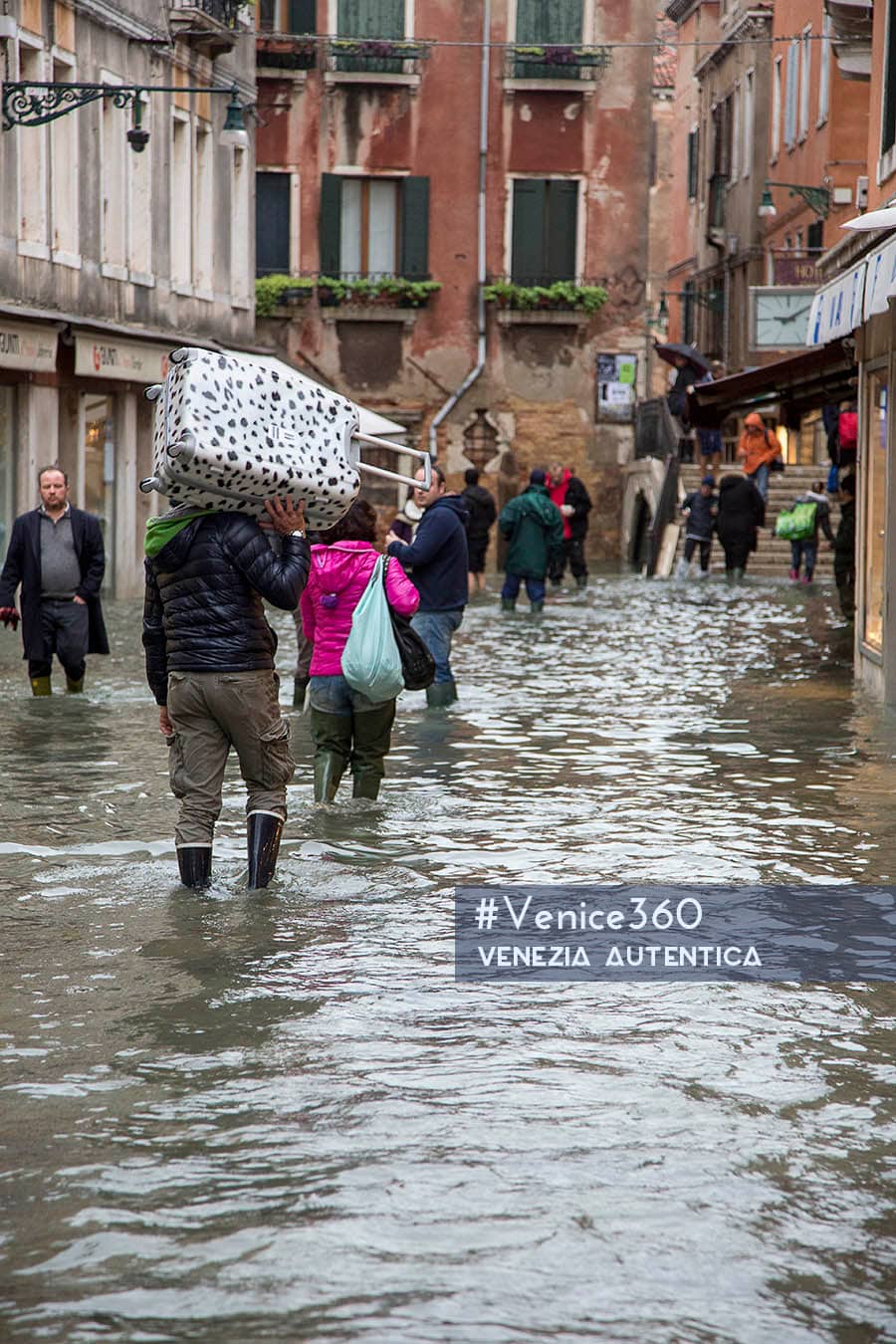
You now know everything about acqua alta and are ready to plan your visit to Venice. To do so, check out our resources to make the best out of your trip while making a positive impact on the lives of the locals:
I'm visiting Venice. Why should I follow your recommendations?
The way you visit Venice has an impact both on the quality of your experience and on Venice itself. Chilling, exploring, shopping, eating and drinking where the locals do, can make a huge impact both on the memories you bring home and on the local economy and community.
Home >> Venice and Venetians >> Venice Explained >> You’re Here
Facts, Curiosities, History of Venice, Italy
More about life in Venice, Italy

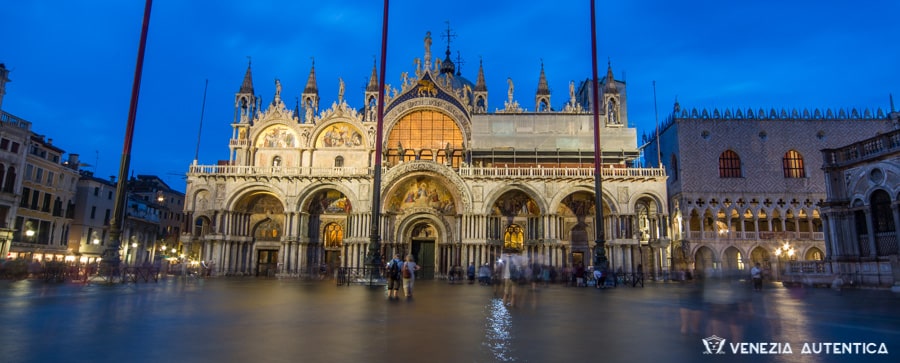
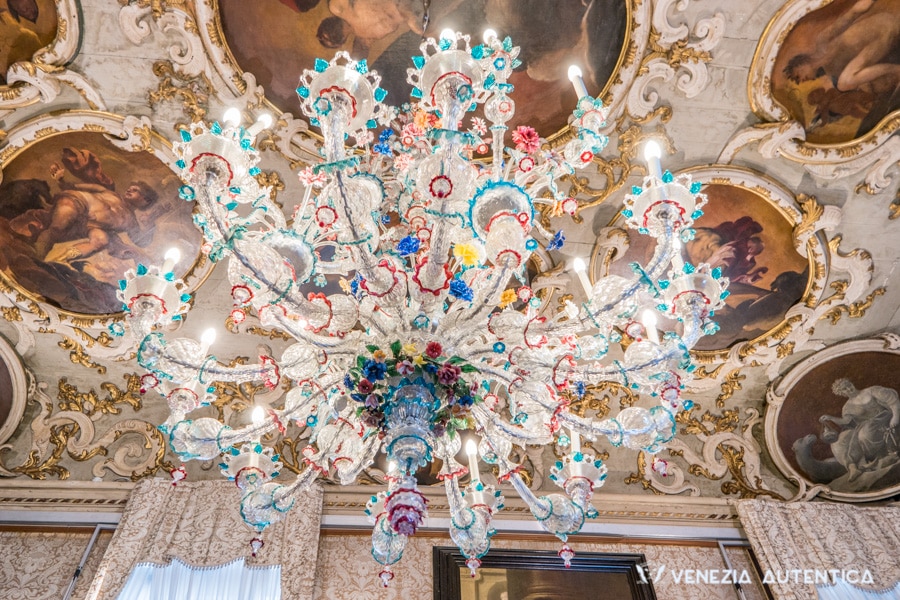


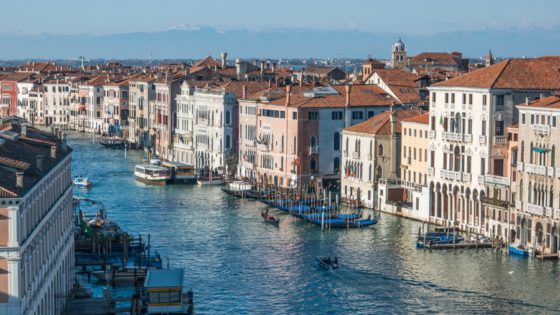
![From a local event to an international rowing appointment in Venice, Italy: La Vogalonga [VIDEO+PHOTO] - Venezia Autentica | Discover and Support the Authentic Venice - Acqua alta, High waters in Venice? Read our answers to the most common question about the seasonal phenomenon of high waters, or acqua alta in Venice](https://cdn1.veneziaautentica.com/wp-content/uploads/2016/05/0i5c0448-custom-560x315.jpg)
